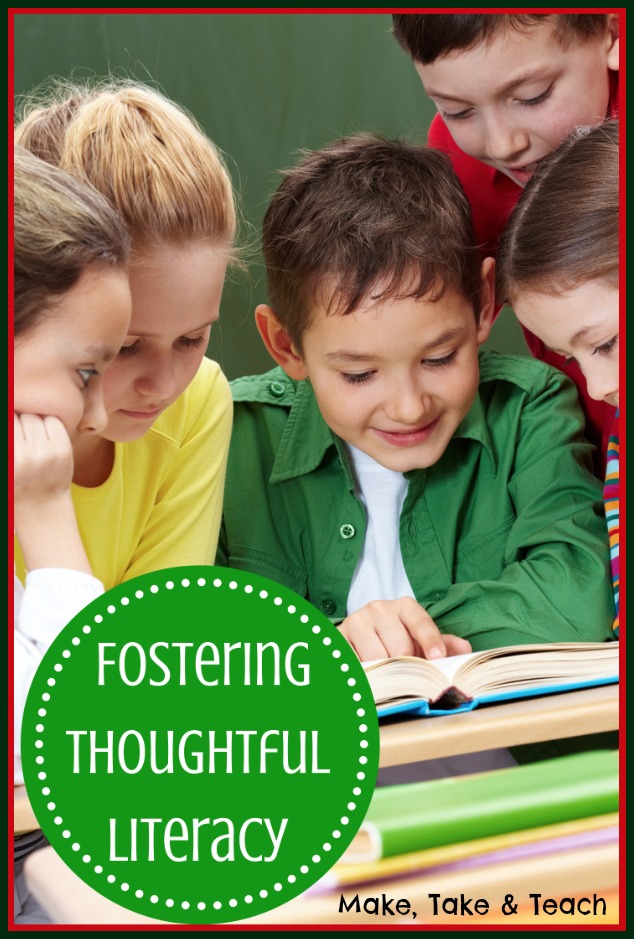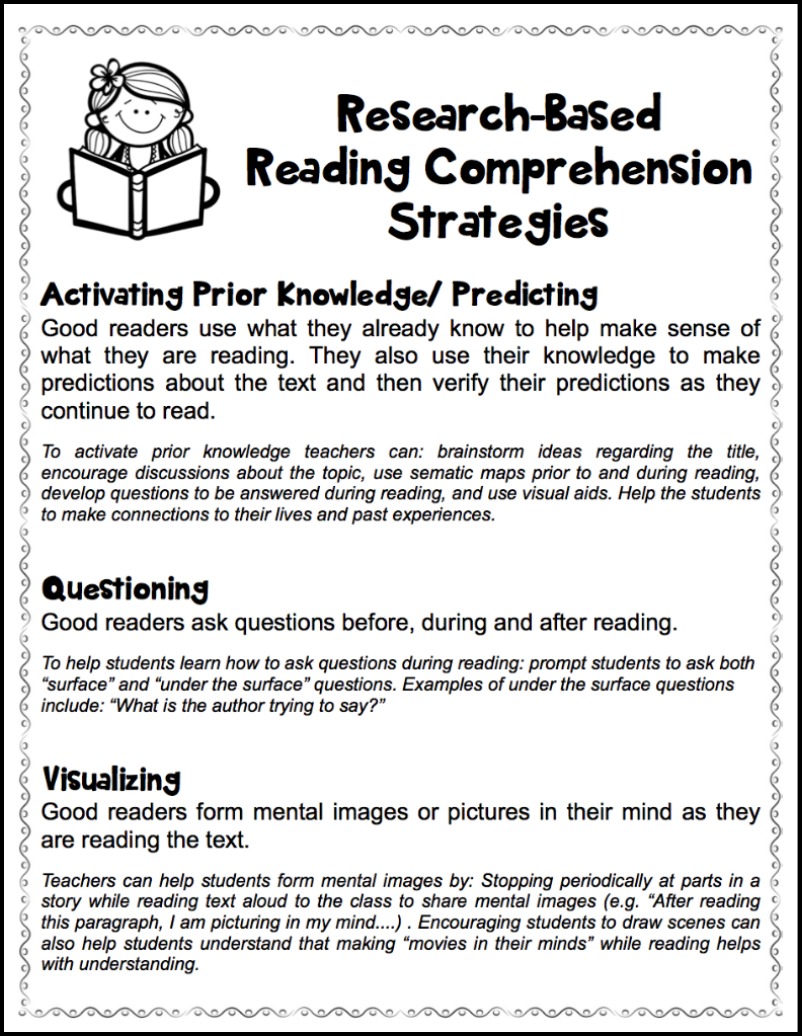If you’ve been following my blog for awhile now, you may know that I actually enjoy reading professional articles and books. Last year I came across Richard Allington’s article “What Really Matters When Working With Struggling Readers” in the April 2013 of The Reading Teacher. I immediatley made copies of the article for all my colleagues. I think we all read that article over 50 times as each person’s copy was tattered, had rows of text marked with highlights, and notes scribbled in the margins. We talked about the content of that article for months. I will admit, it kind of shook our world. Several of his issues with current practices of instruction and intervention for struggling students we were actually doing. I needed to know more so I ordered Allington’s book.
One of the areas where we continue to struggle in is in the area of comprehension. Phonemic awareness, fluency and phonics– well, they’re relatively easy to assess and teach. Vocabulary and comprehension; however, a bit more elusive. That’s why I found chapter 5, “Students Need to Develop Thoughtful Literacy” quite helpful. Allington states that “in school we have too often confuse remembering with understanding.”
Think about it. How do we typically assess and teach comprehension in school? Tasks such as copying information from text into a blank on a worksheet, matching text to answers or completing multiple-choice tasks are relatively low-level recall tasks yet these practices are prevalant in so many classrooms. There is a difference between recalling information and understanding. What does it mean to understand text? Allington uses real-life examples to help make his point. So, here’s my text-to-self example:
Let’s go back to the article handed to my colleagues last year. As we were reading the article, we were making connections. We were making text-to-self connections (am I using some of these practices right now that he felt were ineffective?) and text-to-text connections (how is what he is proposing matching to what other researchers are saying?). We were summarizing, analyzing, synthezing and evaluting all at the same time. Most importantly, we were discussing. Our discussions regarding that text and material relating to that article continued for over an entire school year. The lively debates and professional challenges were incredible. That’s what makes reading alive. Would my colleagues have been impressed if I asked them true/false questions about the contents of the article? Would that have assessed their understanding of the material? Would that have stretched all of our thinking? When we are asked to explain, discuss or write about texts that we’ve read we are more likely to demonstrate true understanding. Just as an FYI- one of the main reasons I blog after reading a chapter of a book is to help myself understand what I’m reading.
What Does the Research say on Effective Comprehension Instruction?
It’s important to know that reading comprehension can significantly improve with effective instruction. We can, and must, explicitly teach students strategies to comprehend text. It’s also important to know that learning strategies take time. These are not one week lessons, but rather require explict modeling and practice over a significant period of time. Another point that Allington made was that students should be taught the strategies within “bundles” rather than treating each strategy as a stand-alone. For example, the strategy of “summarizing” may involve several strategies such as activiating prior knowledge and paraphrasing. Reading programs that teach a strategy and then another and then another are not likely to be the most effective.
There are several strategies that research has proven successful in improving reading comprehension. Each strategy is described below in this handout:
Just click the following link to download this FREE handout Reading Comprehension Strategies
Let’s just add that above all students need to interact with the text. They need to talk about what they’ve read with their teacher and their peers. They need to write about their thoughts and feelings about the material. They need to make reading come alive!
I’m so looking forward to reading Chapter 6 “Where to Begin: Instruction for Struggling Readers”. Grab the book. Share it with a few colleagues and have your own rich discussions too!






Leave a Reply